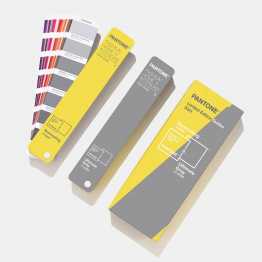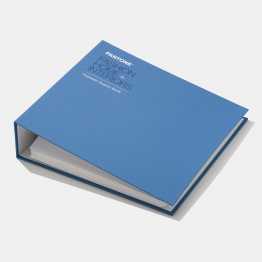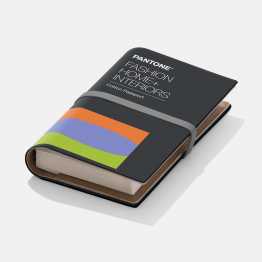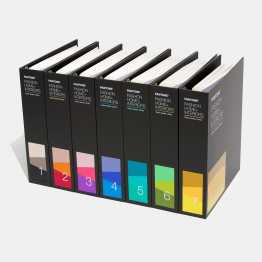Pantone Matching System (PMS)
PANTONE Colors > Pantone Color Book in 2021
Product Code: Pantone Matching System (PMS)
Delivery Charge:
Inside Dhaka (1-3 Days)
Advance Payment: 50
Cash on Delivery: 50
Outside Dhaka (3-5 Days)
Advance Payment: 70
Cash on Delivery: 100
Return & Warranty:
7 Days Returns
Change of mind is not applicableWarranty not available
The Pantone Matching System (PMS) is a color standardization system that helps in color identification and matching. It uses the Pantone numbering system to identify colors, and through this numbering system printer and other equipment manufacturers can match colors without having to contact one another. The Pantone color numbers consist of a three- or four-digit number followed by the letter C, U or M, which stands for "coated," "uncoated" and "matte," respectively. The color palette in the PMS consists of about 1,114 colors. This color matching system is very helpful in avoiding color inconsistencies between the various types of print and digital media.
The PMS was developed by Pantone LLC (Carlstadt, NJ, USA), which was acquired in 2007 by X-Rite, Inc. (Grand Rapids, MI, USA).
Pantone Matching System
The Pantone matching system is the most popular and widely used color standardization system for maintaining the accuracy of colors in all types of printed materials. It is designed to work with any type of equipment used in producing color. The PMS can generate various colors besides the regular CMYK colors used for printing.
The Pantone matching system is also capable of producing special color effects like metallic and fluorescent. Colors are represented using a three- or four-digit code followed by a letter that indicates the type of color (U, C or M). The letter code represents the paper stock on which the color is printed. The colors can be expressed, for instance, as Pantone 199C, Pantone 199U or Pantone 199M.
Pantone’s first color matching system was introduced in 1963 as a way to allow designers to match specific colors during the production process. At present, this system has grown to become the most widely used system among graphic designers and in the printing industry.
Designers can use the PMS with the help of the Pantone solid color formula guide, which can help them identify the particular color they want. Using this color, the designer makes his/her design and passes it to the printer along with the Pantone number as a reference. The printer looks up the Pantone number, which is unique for that particular color, and when it finds a match, it uses it in the printing process. Thus the PMS ensures color consistency. Designers can use the Pantone solid color formula guide, standard chip books and color bridge guide sets to see how a color would look on a coated, uncoated and matte stock.
The PMS works great for spot colors but is generally not used for process colors, which are usually used in the CMYK model.
No Catalogue exists

_276fca352d42e7f62eb75cc5f31fbb690.jpg)
_276fca352d42e7f62eb75cc5f31fbb690.jpg)
_01a18be94d2f1008d3128d24156fdaf2.jpg)





